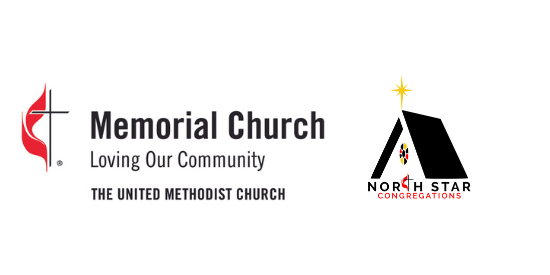Invisible Signs
My husband’s grandmother inherited a cottage at Lakeside, Ohio from her aunt and uncle. Lakeside is a Chautauqua community owned by the United Methodist Church. Each summer, there is a season of cultural, educational and religious programming, with opportunities for recreation and retreat. For the rest of the year, Lakeside is inhabited by a few year-round residents and hardy cottage owners who don’t mind being without heat, other than from a fireplace or oil-burning stove. Grandma Margaret rented the cottage out during the summer, but spent much of the spring and fall seasons there. Though the cottage was an attractive two-story Victorian home on the outside, the inside was filled with uncomfortable antique furniture, rather primitive kitchen facilities, and a bathroom with an old fashioned tub (plus a toilet!). Throughout the house, for the benefit of the summer renters, were notes: don’t cut anything on the linoleum counter; turn off lights; make sure the toilet isn’t running; etc. etc. etc. Every room had its warnings of what was unacceptable behavior. I often wondered if anyone came back for a second year.
What are the signs – visible and invisible – that warn people we are more interested in rules than hospitality? When a committee was giving input on a school design for the neighborhood, some people wanted to be sure there were basketball hoops for the children and youth. Another group insisted that would attract problems and fights. Besides, the baskets and hoops would be destroyed in no time. When the young people in the church neighborhood play in the parking lot, I’m glad. That means they are not playing in the narrow street with cars parked on both sides, where children and balls are invisible. Others insist they throw trash around and create problems. (I never saw that happen.) If we put up a sign that said, “No skateboarding or bike riding allowed,” I’m fairly certain it wouldn’t stop young people from skateboarding and bike riding. But it would send a message that young people aren’t welcome here. [We do have signs in the parking lot that limit parking, but they are consistently ignored by neighbors who have no garages or driveways, by those who have extra guests, and by construction workers who meet in the area to form their crews. We only take action against abandoned cars that have four flat tires, or are leaking fluid!]
Invisible signs are harder to read, but far more damaging. Many years ago, we attended a church that had been recommended to us. We took our two year old son into worship, sat in the back, and made it through the service. At the conclusion of the service, someone was quick to welcome us – and let us know that there was a toddler room for children during the service. In fact, we later learned that there were Sunday School classes for children of all ages during worship, so they would not disturb the adults. The sign on the cooler announced that the water inside was limited to volunteers, not guests. Didn’t I read somewhere that Jesus promised anyone who gave a cup of water to a thirsty little one would receive a reward? Crossed arms, a frown, a comment that suggests “you’re too young” or “you’re too old” are invisible signs that we learn to read, even when it hurts. Let’s begin to think about the signs we post, both visible and invisible. Let’s remember the signs that have told us we were not welcome. And then, let’s change the signs to reflect the hospitality we all need, the hospitality we all receive, from Jesus Christ.
Stay safe and be blessed,
Pastor Barbara
